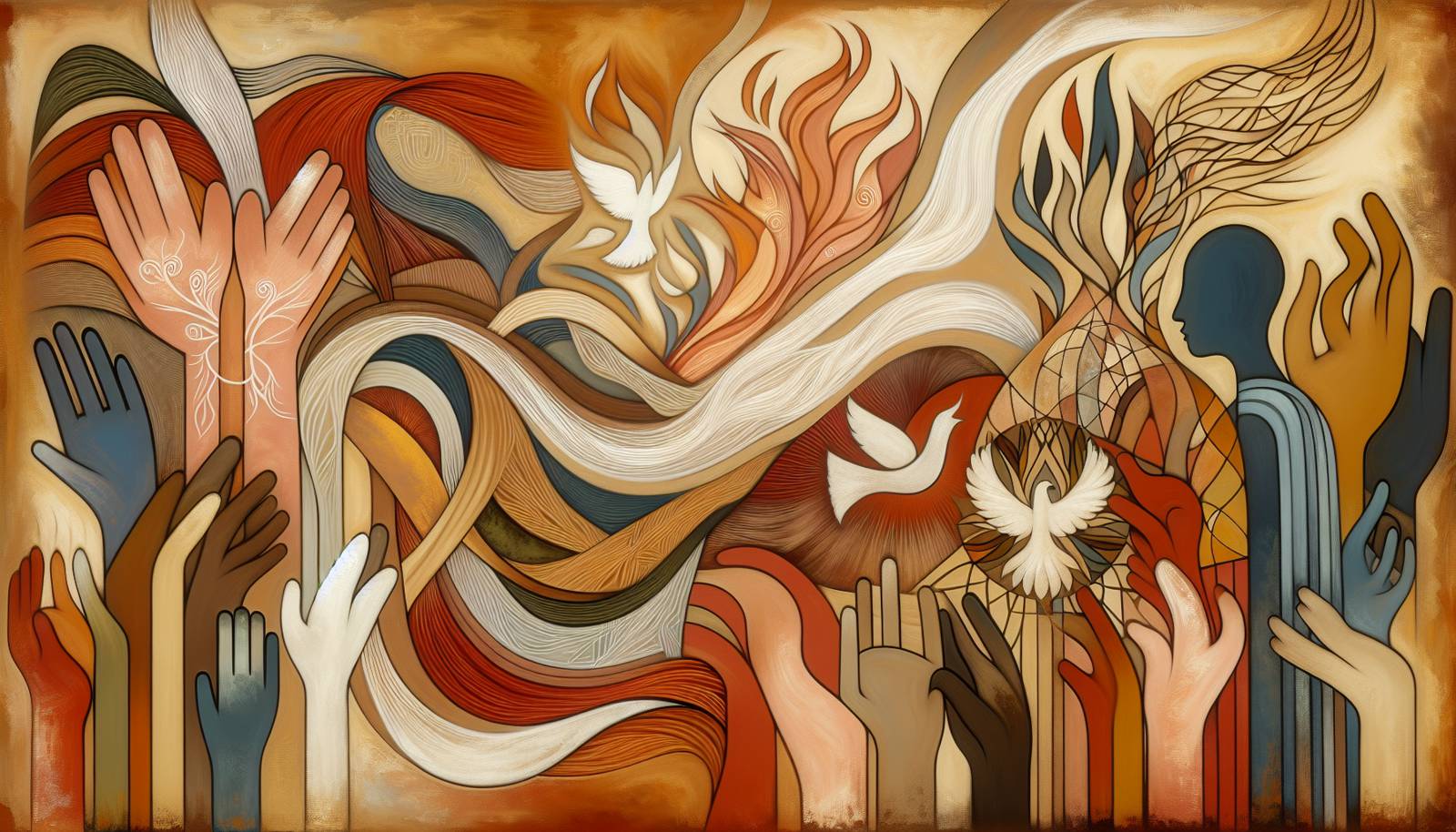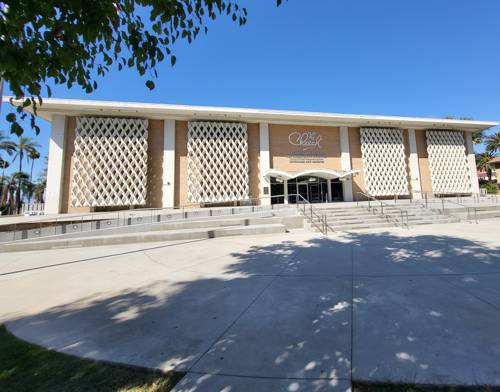
FAQ About The Influence of Chicano Art on Social Justice Movements

What is Chicano art?
Chicano art refers to the artistic expressions of the Chicano people, primarily Mexican Americans, in the United States. It emerged as a distinct movement in the 1960s and 1970s as part of the broader Chicano civil rights movement. This art form incorporates vibrant colors, imagery, and themes that celebrate Mexican American identity, history, and culture, while often addressing issues of social justice and inequality.

How has Chicano art contributed to social justice movements?
Chicano art has played a significant role in social justice movements by visually expressing the struggles and aspirations of the Chicano community. Through murals, paintings, and other art forms, artists have highlighted issues such as discrimination, immigration, and cultural pride. These artworks serve both as a form of protest and as a platform to mobilize and inspire communities towards social change.

Who are some notable Chicano artists that have influenced social justice causes?
Several Chicano artists have made significant contributions to social justice causes, including Judy Baca, a prominent muralist known for "The Great Wall of Los Angeles," and Francisco Letelier, who addresses issues like immigration and labor rights. Other influential artists include Carlos Almaraz and Ester Hernandez, who use their art to comment on political and social issues affecting the Chicano community.

In what ways does Chicano art address issues of cultural identity?
Chicano art often explores themes of cultural identity by celebrating Mexican American heritage and traditions. The art serves as a means to reclaim cultural narratives that have been marginalized, emphasizing pride in one's roots. It reflects a dual identity, blending American and Mexican influences, and challenges stereotypes by presenting a more nuanced and complex view of Chicano life.

What impact did the Chicano civil rights movement have on the development of Chicano art?
The Chicano civil rights movement of the 1960s and 1970s was pivotal in the development of Chicano art, as it provided both the inspiration and the platform for artists to express their cultural and political views. Art became a vital tool for activism, bolstering the struggle for equal rights and greater recognition of Chicano culture within American society.

How do Chicano murals contribute to community activism?
Chicano murals are a powerful tool for community activism, as they transform public spaces into visual narratives that speak to local histories and current social issues. These murals often highlight community struggles, aspirations, and victories, serving both as educational resources and as rallying points for community organization and activism.

What themes are commonly found in Chicano art?
Chicano art is rich with recurring themes such as cultural identity, family, historical memory, social justice, immigration, and the struggle against oppression. Artists often use symbolism, folklore, and vibrant imagery to convey messages related to these themes.

How has Chicano art influenced contemporary art movements?
Chicano art has influenced contemporary art movements by integrating elements of cultural identity and social justice into broader art discourses. It has challenged traditional art canons and inspired artists of various backgrounds to explore similar themes of cultural representation and political activism in their works.

Can you name a famous Chicano mural and its significance?
"The Great Wall of Los Angeles," created by Judy Baca, is a famous Chicano mural that stretches over half a mile along the Los Angeles River. Completed between 1974 and 1984, it depicts the history of California from prehistoric times to the 1950s, focusing on the contributions and experiences of marginalized communities, including Native Americans, African Americans, Asian Americans, and Mexican Americans. This mural is significant for its scale, collaborative nature, and its role in fostering dialogue about history and identity.

What are some common misconceptions about Chicano art?
A common misconception about Chicano art is that it only depicts Mexican or Mexican American themes, while it actually encompasses a wide range of themes and styles. Another misconception is that it lacks sophistication or academic merit, whereas Chicano art is known for its richness in storytelling, its profound cultural commentary, and its technical skill.

How do Chicano artists collaborate with social justice organizations?
Chicano artists often collaborate with social justice organizations by creating artworks for campaigns, participating in public art projects, and using their platforms to raise awareness about various social issues. These collaborations help amplify the voices of both the artists and the organizations, fostering a greater impact on community activism and engagement.

What role does Chicano art play in education?
Chicano art plays an important role in education by serving as a tool for teaching not only about the arts but also about cultural history, social justice, and civil rights. Educators use Chicano art to discuss themes related to identity, historical context, and activism, thus promoting multicultural understanding and critical thinking among students.

How has digital media impacted Chicano art?
Digital media has significantly impacted Chicano art by expanding its reach and allowing for greater visibility and interaction. Artists can now share their work globally and engage with wider audiences through social media platforms, online exhibitions, and digital collaborations. This has also enabled more dynamic forms of expression, integrating digital techniques with traditional practices.

Are there any festivals or events dedicated to Chicano art?
Yes, numerous festivals and events celebrate Chicano art, such as the Chicano Park Day in San Diego, which commemorates the founding of Chicano Park, a site featuring numerous murals. Additionally, various galleries and cultural institutions across the United States host exhibitions and events dedicated to showcasing Chicano art and its influence.

What influence has Chicano art had on popular culture?
Chicano art has influenced popular culture by infusing its unique aesthetic and themes into mainstream artistic expressions, including music, fashion, and film. Elements of Chicano style can be seen in everything from streetwear brands to music videos, reflecting a broader appreciation and recognition of its cultural significance.

How does Chicano art empower marginalized communities?
Chicano art empowers marginalized communities by providing a voice to express their struggles, aspirations, and identities. Through its vivid and heartfelt portrayals of life experiences, Chicano art fosters community pride and resilience, inspiring collective action and social change.

What role do Chicano art collectives play in promoting the art form?
Chicano art collectives play a crucial role in promoting the art form by creating collaborative spaces for artists to share ideas, resources, and support. These collectives often organize exhibitions, workshops, and community projects that help nurture talent and increase the visibility and appreciation of Chicano art.

How has Chicano art evolved over time?
Chicano art has evolved from its roots in political activism and cultural identity during the 1960s and 70s, into a dynamic and diverse movement that encompasses various styles and mediums. Contemporary Chicano artists continue to address social issues but also explore new forms and technologies, expanding the boundaries of the movement.

What challenges do Chicano artists face today?
Chicano artists today face challenges such as underrepresentation in mainstream art spaces, limited funding, and stereotypical labeling of their work. Despite these struggles, many continue to create impactful art that speaks to pressing socio-political issues and cultural narratives, striving to gain broader recognition and support.

How can one support Chicano art and artists?
Supporting Chicano art and artists can be done through attending exhibitions and cultural events, purchasing artwork, and promoting their work through social media and word of mouth. Additionally, support can come from advocating for increased representation of Chicano art in galleries, museums, and educational programs.
